From distant galaxies to missing links … the big scientific breakthroughs of 2009
Water on the moon; The Hubble Telescope 2.0; A pair of missing links; A new source of stem cells
Water on the moon
No doubt about it: There’s water on the moon. In October, a NASA satellite was sent hurtling into a crater on the lunar surface, kicking up a plume of dust that contained telltale hydrogen molecules, indicating the presence of frozen water. Local water, if it exists in any quantity, would open the door to establishing a base or settlement on the moon, a necessary first step in human travel to Mars. After decades of dashed hopes, even the ghost of water will do for now. “I was one of the ones back in the Apollo days that was firmly against lunar water,” says geologist Lawrence Taylor. “I’ve eaten my shorts.”
The Hubble Telescope 2.0
The Week
Escape your echo chamber. Get the facts behind the news, plus analysis from multiple perspectives.

Sign up for The Week's Free Newsletters
From our morning news briefing to a weekly Good News Newsletter, get the best of The Week delivered directly to your inbox.
From our morning news briefing to a weekly Good News Newsletter, get the best of The Week delivered directly to your inbox.
The Hubble Space Telescope returned to service, better than ever before, and immediately began sending back the best view of the universe mankind has ever had. In May, NASA astronauts spent nearly two weeks in space installing new batteries, gyroscopes, computer parts, and two far-seeing instruments. The first images from the revitalized Hubble appeared in September; the sight of a distant, dragon-shaped galaxy and a dying star shaped like a butterfly left researchers like Heidi Hammel, of the Space Science Institute, “giddy with the quality of the data.” With luck, the telescope will continue mapping the early universe and analyzing the atmospheres of distant planets for several years to come. “Thank God we didn’t break it,” says astronaut and repairman Michael Massimino.
A pair of missing links
It was a big year for missing links. A team of California scientists unveiled “Ardi,” or Ardipithecus ramidus, a nearly complete skeleton of a newly discovered human ancestor that lived in Africa 4.4 million years ago. That’s a million years earlier than “Lucy,” previously the oldest-known hominid. With her grasping feet and small brain, Ardi alters the narrative of human evolution, indicating that humans and chimps each evolved from an even more distant common ancestor. Meanwhile, Norwegian scientists found “Ida,” aka Darwinius masillae, a 47-million-year-old lemur-like creature that could be the mammal from which all higher primates, including humans, eventually arose. “This is the first link to all humans, the closest thing we can get to a direct ancestor,” says paleontologist Jorn Hurum.
A new source of stem cells
A free daily email with the biggest news stories of the day – and the best features from TheWeek.com
For the first time, scientists in China managed to re-engineer skin cells to become stem cells, which were then grown into live mice. The researchers used a relatively new technique that creates stem cells that are as versatile as embryonic stem cells, but that don’t arise from an actual embryo. The cells were then inserted into mouse placental tissue and induced to grow into healthy mice—mice that were cloned from just a few cells. “We have gone from science fiction to reality,” says cell biologist Robert Lanza. The advance could offer a way to sidestep ethical concerns about the use of fetal stem cells for biomedical research. But it also opens the door more widely to the possible creation of human clones, Lanza says. “All the pieces are here for serious abuse.”
-
 Political cartoons for December 12
Political cartoons for December 12Cartoons Friday's political cartoons include presidential piracy, emissions capping, and the Argentina bailout
-
 The Week Unwrapped: what’s scuppering Bulgaria’s Euro dream?
The Week Unwrapped: what’s scuppering Bulgaria’s Euro dream?Podcast Plus has Syria changed, a year on from its revolution? And why are humans (mostly) monogamous?
-
 Will there be peace before Christmas in Ukraine?
Will there be peace before Christmas in Ukraine?Today's Big Question Discussions over the weekend could see a unified set of proposals from EU, UK and US to present to Moscow
-
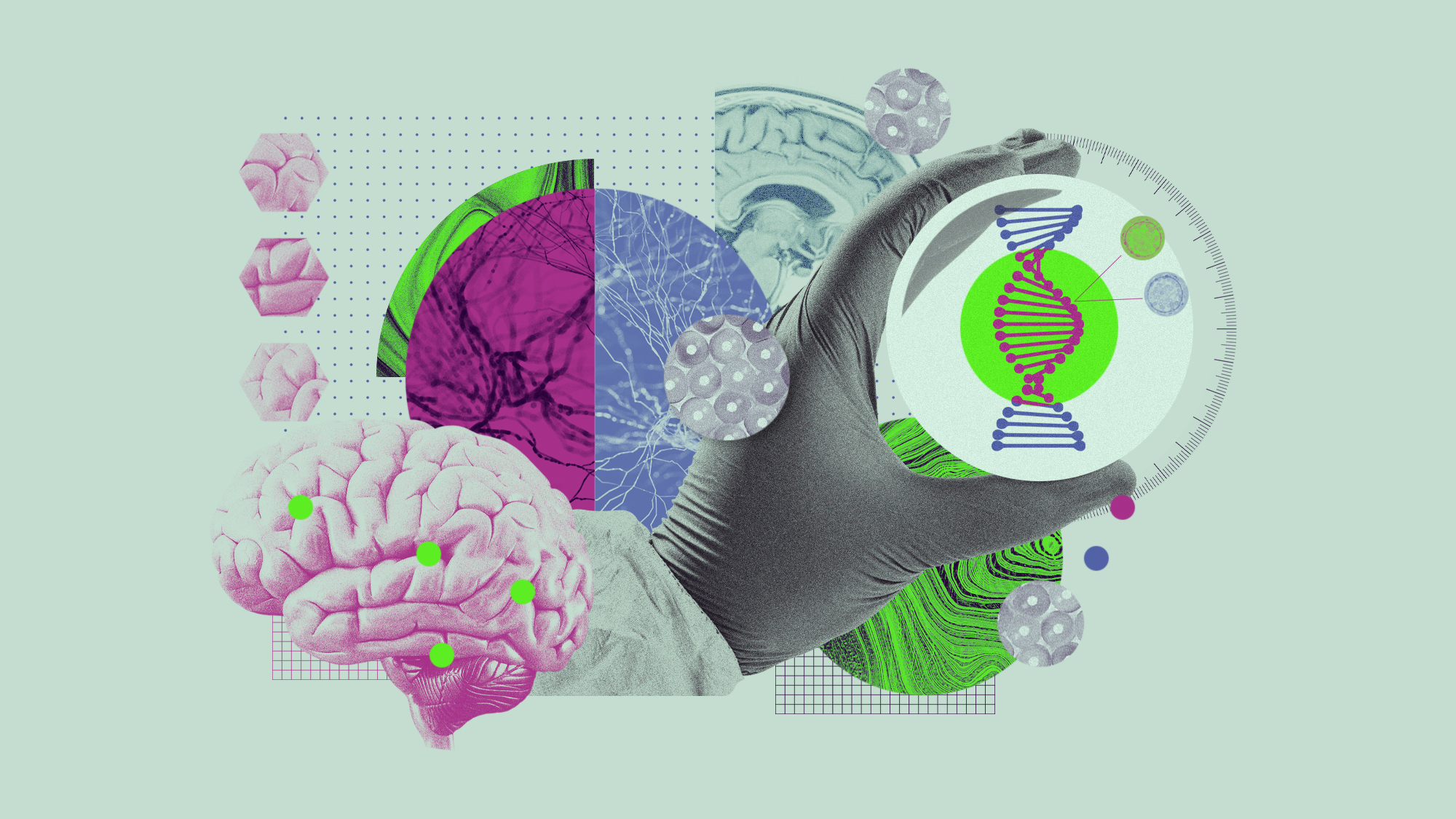 5 recent breakthroughs in biology
5 recent breakthroughs in biologyIn depth From ancient bacteria, to modern cures, to future research
-
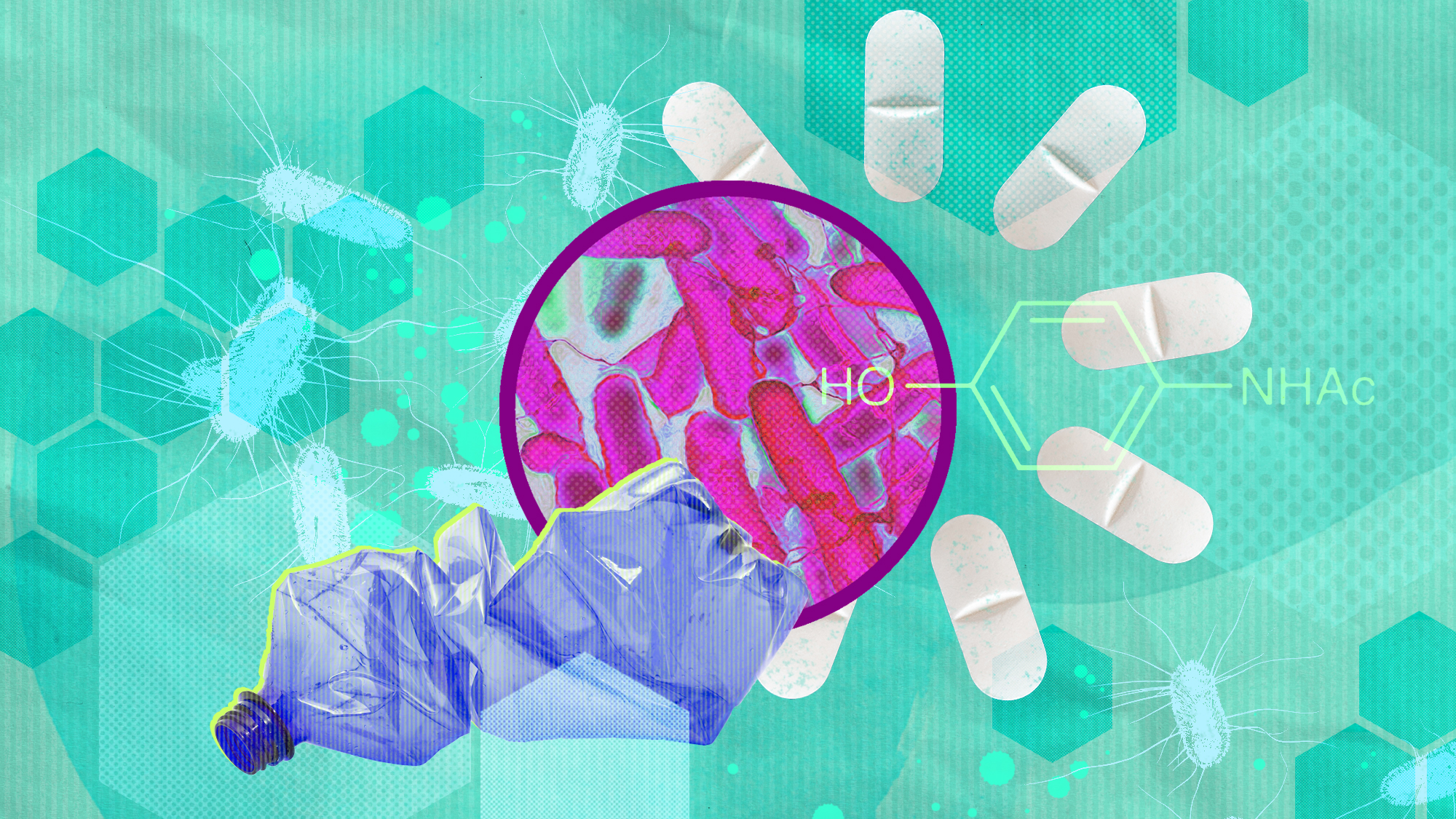 Bacteria can turn plastic waste into a painkiller
Bacteria can turn plastic waste into a painkillerUnder the radar The process could be a solution to plastic pollution
-
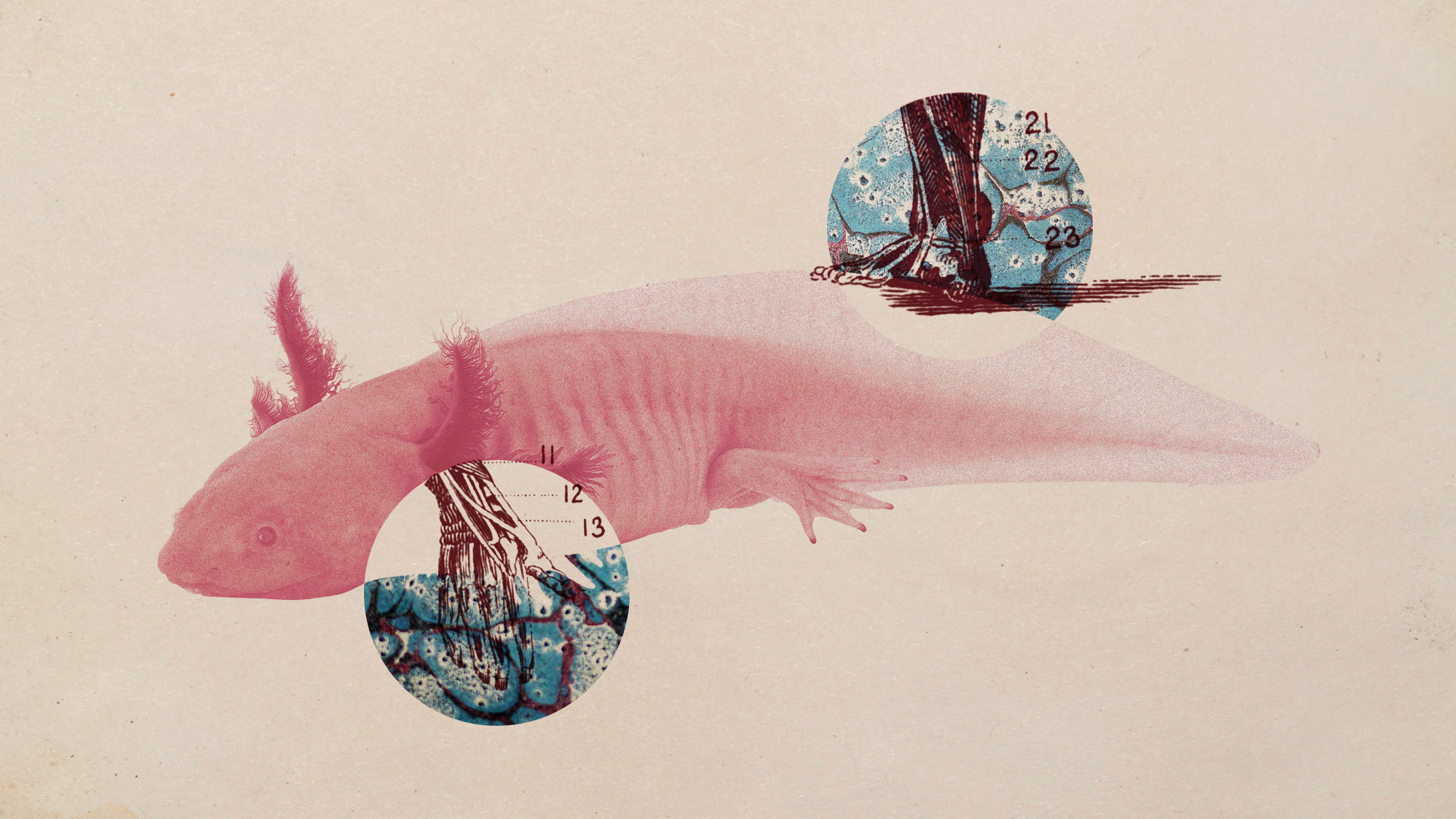 Scientists want to regrow human limbs. Salamanders could lead the way.
Scientists want to regrow human limbs. Salamanders could lead the way.Under the radar Humans may already have the genetic mechanism necessary
-
 Is the world losing scientific innovation?
Is the world losing scientific innovation?Today's big question New research seems to be less exciting
-
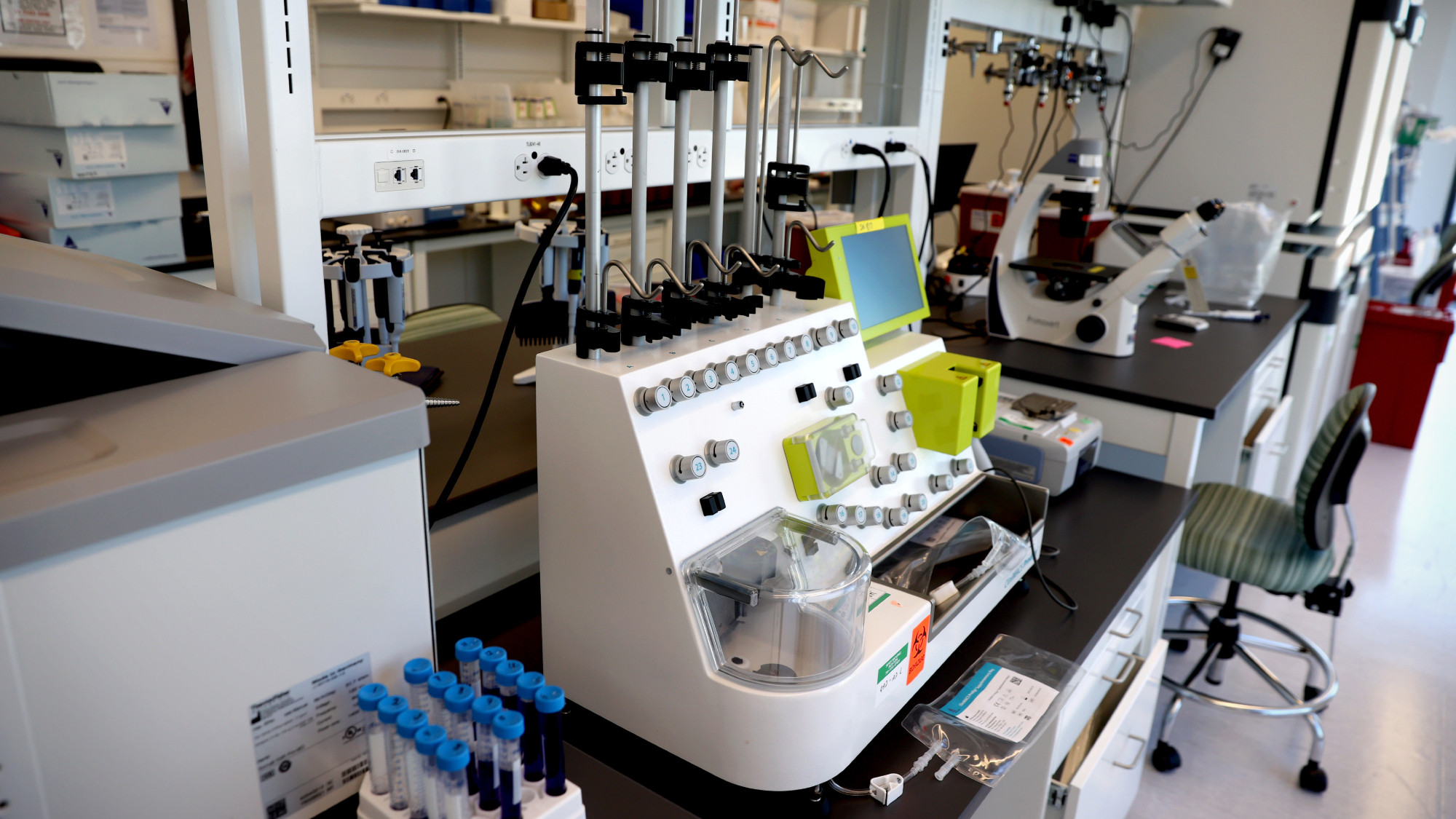 Breakthrough gene-editing treatment saves baby
Breakthrough gene-editing treatment saves babyspeed read KJ Muldoon was healed from a rare genetic condition
-
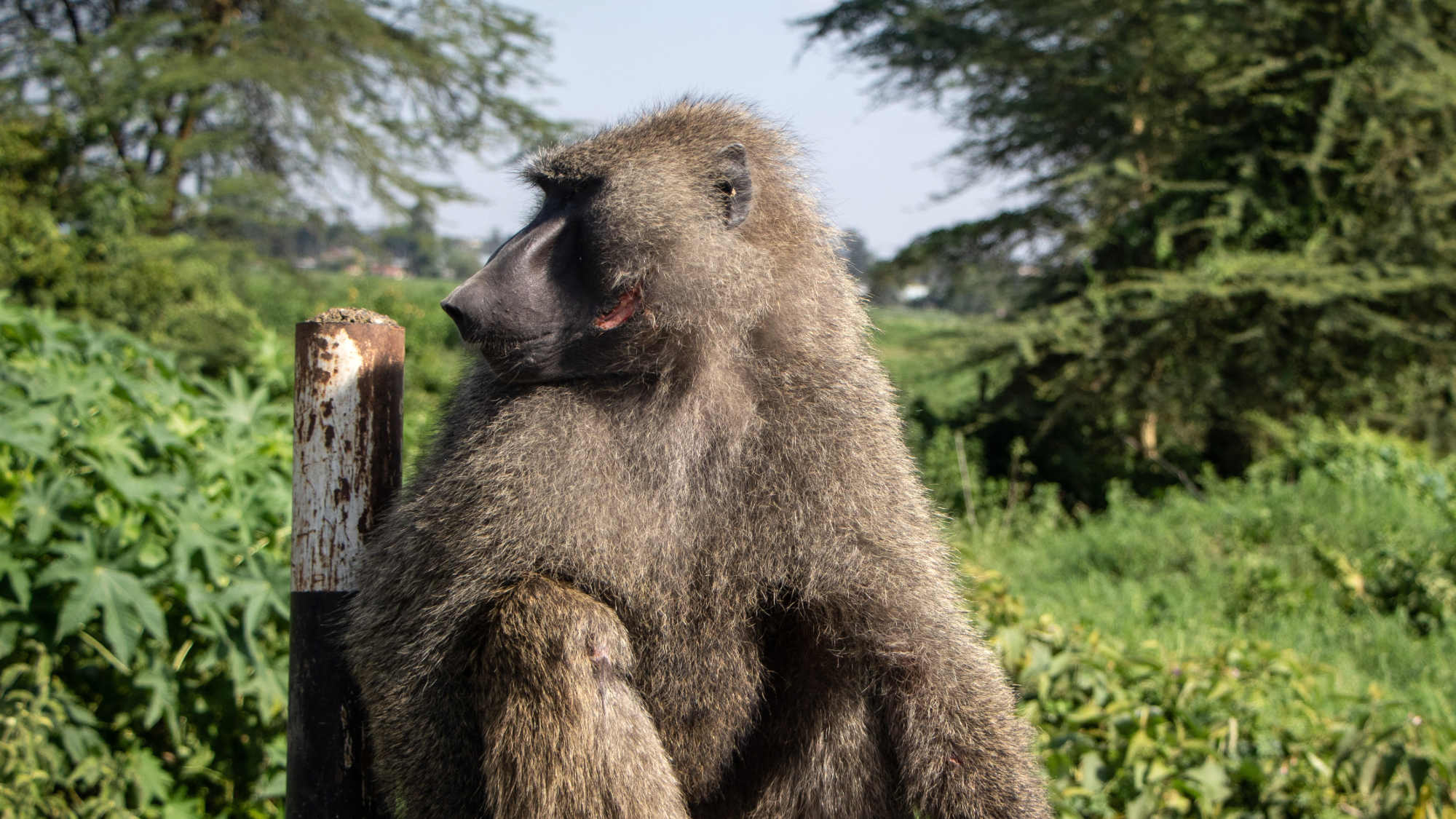 Humans heal much slower than other mammals
Humans heal much slower than other mammalsSpeed Read Slower healing may have been an evolutionary trade-off when we shed fur for sweat glands
-
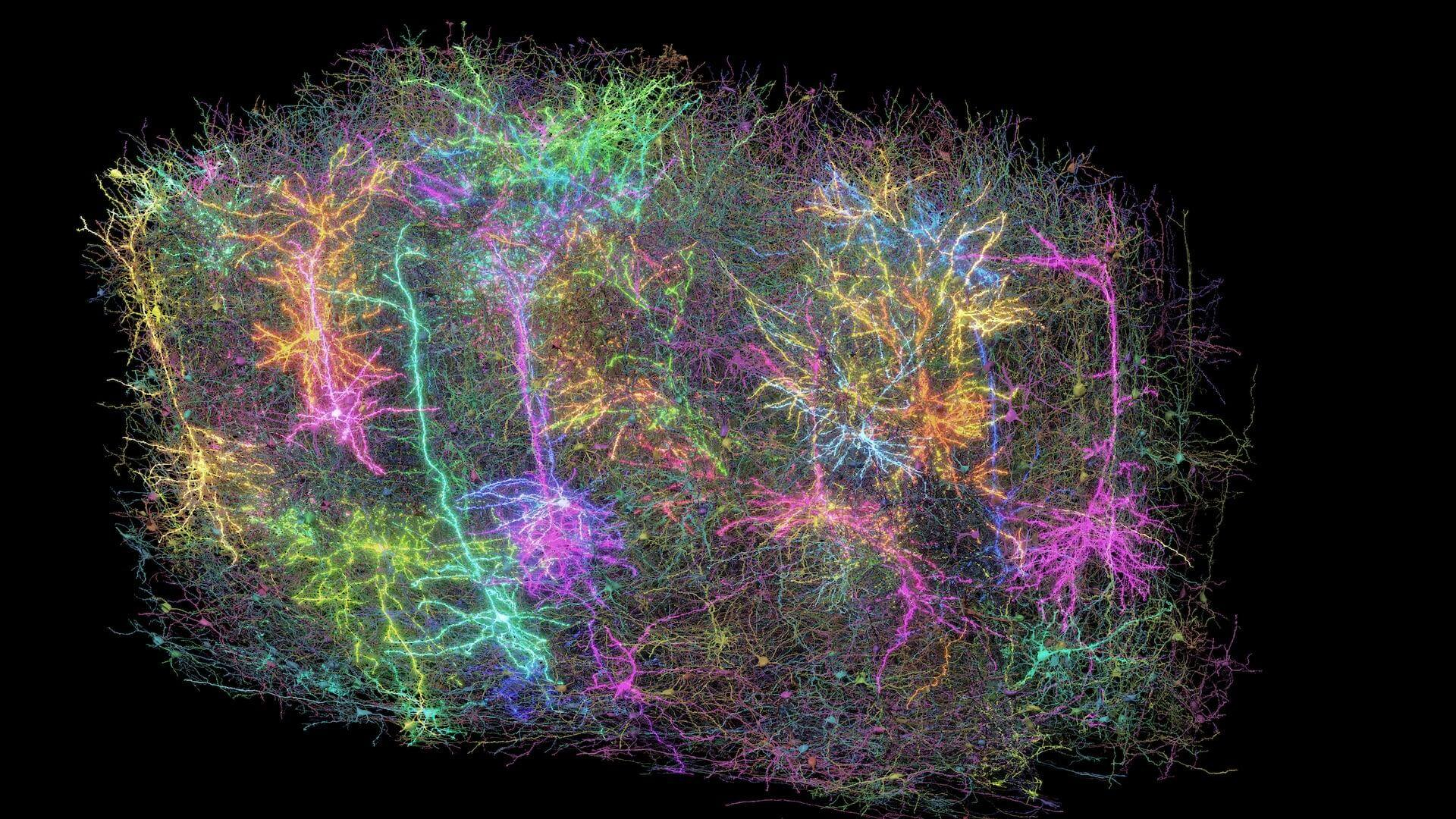 Scientists map miles of wiring in mouse brain
Scientists map miles of wiring in mouse brainSpeed Read Researchers have created the 'largest and most detailed wiring diagram of a mammalian brain to date,' said Nature
-
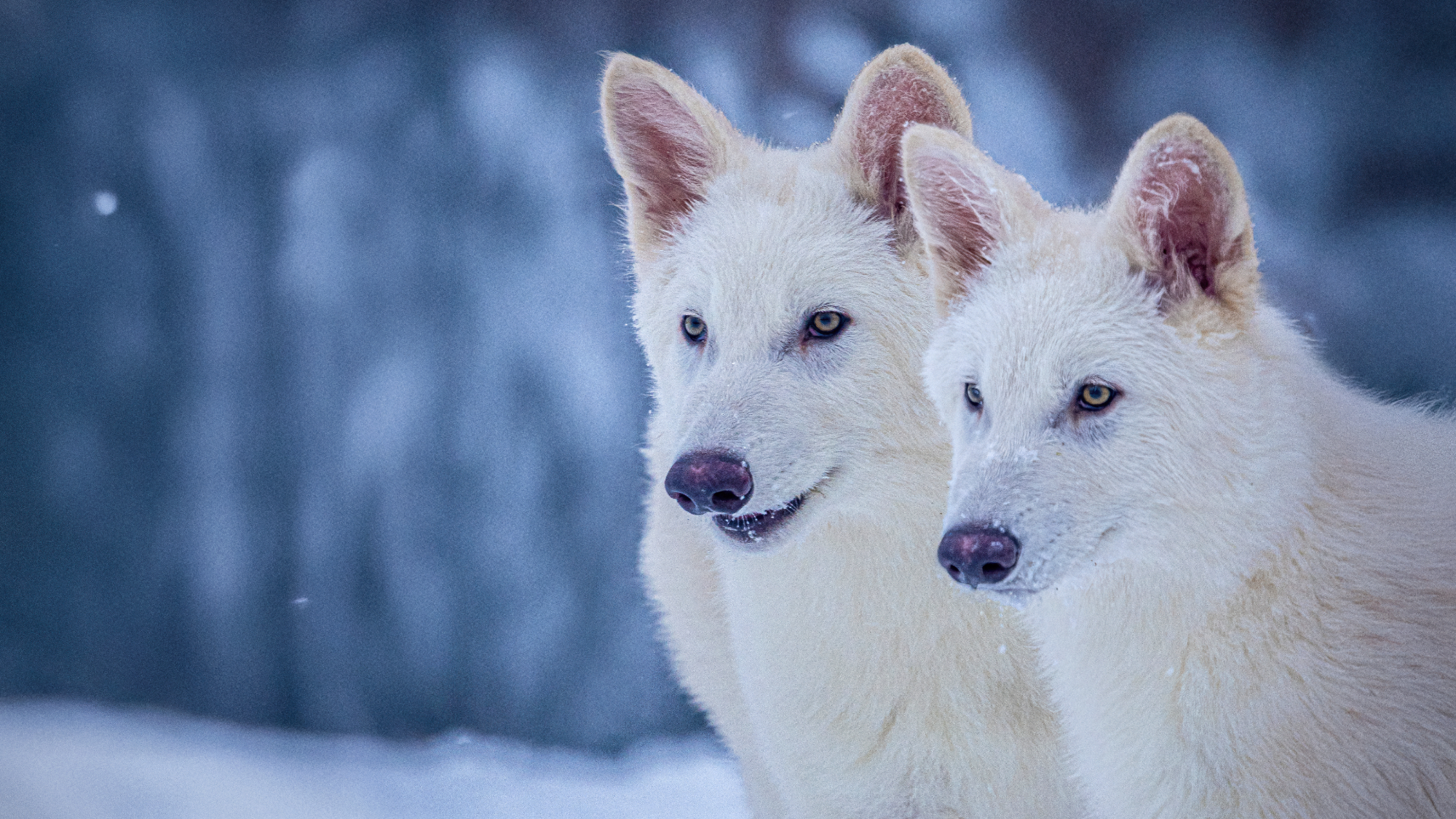 Scientists genetically revive extinct 'dire wolves'
Scientists genetically revive extinct 'dire wolves'Speed Read A 'de-extinction' company has revived the species made popular by HBO's 'Game of Thrones'